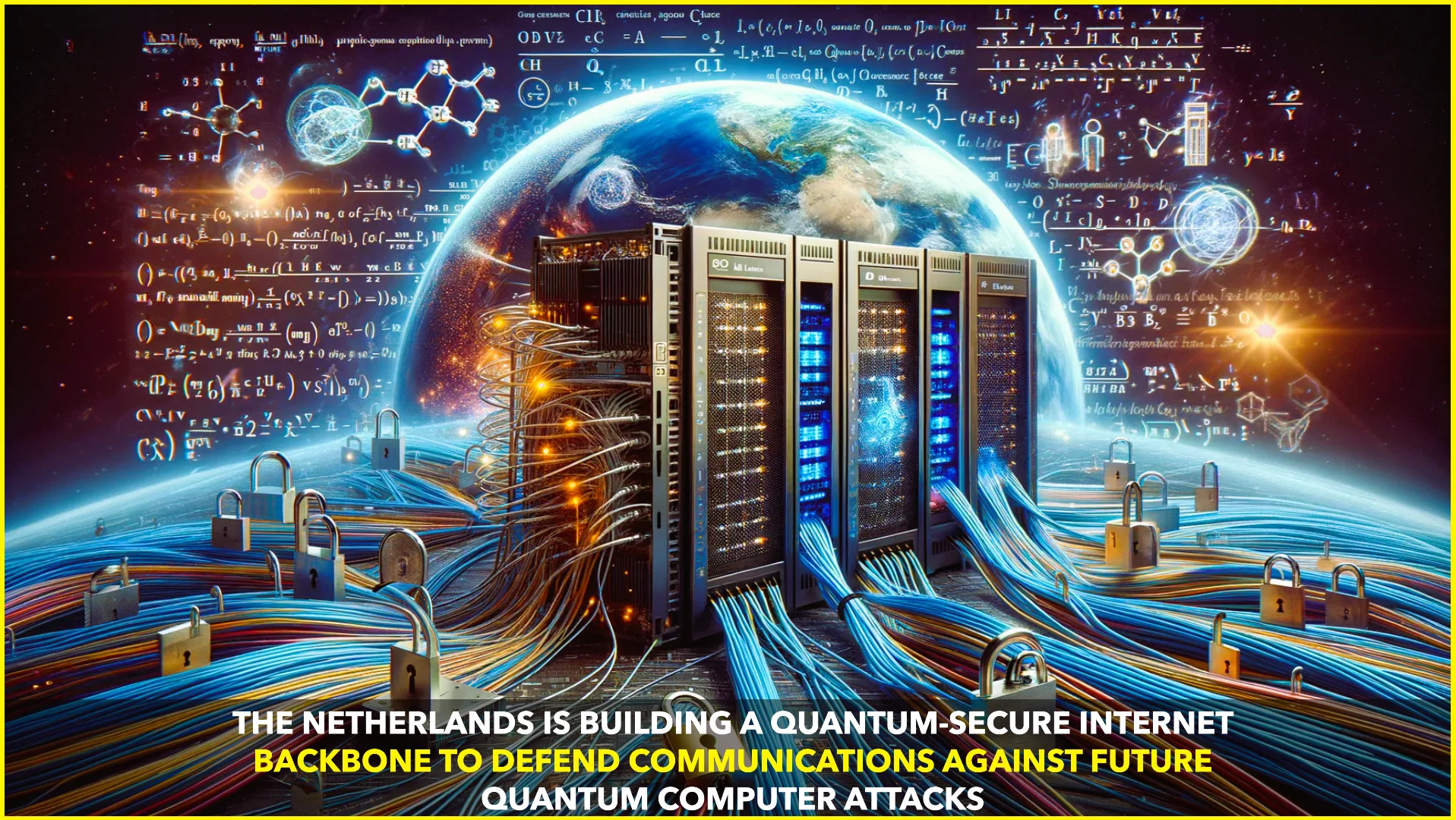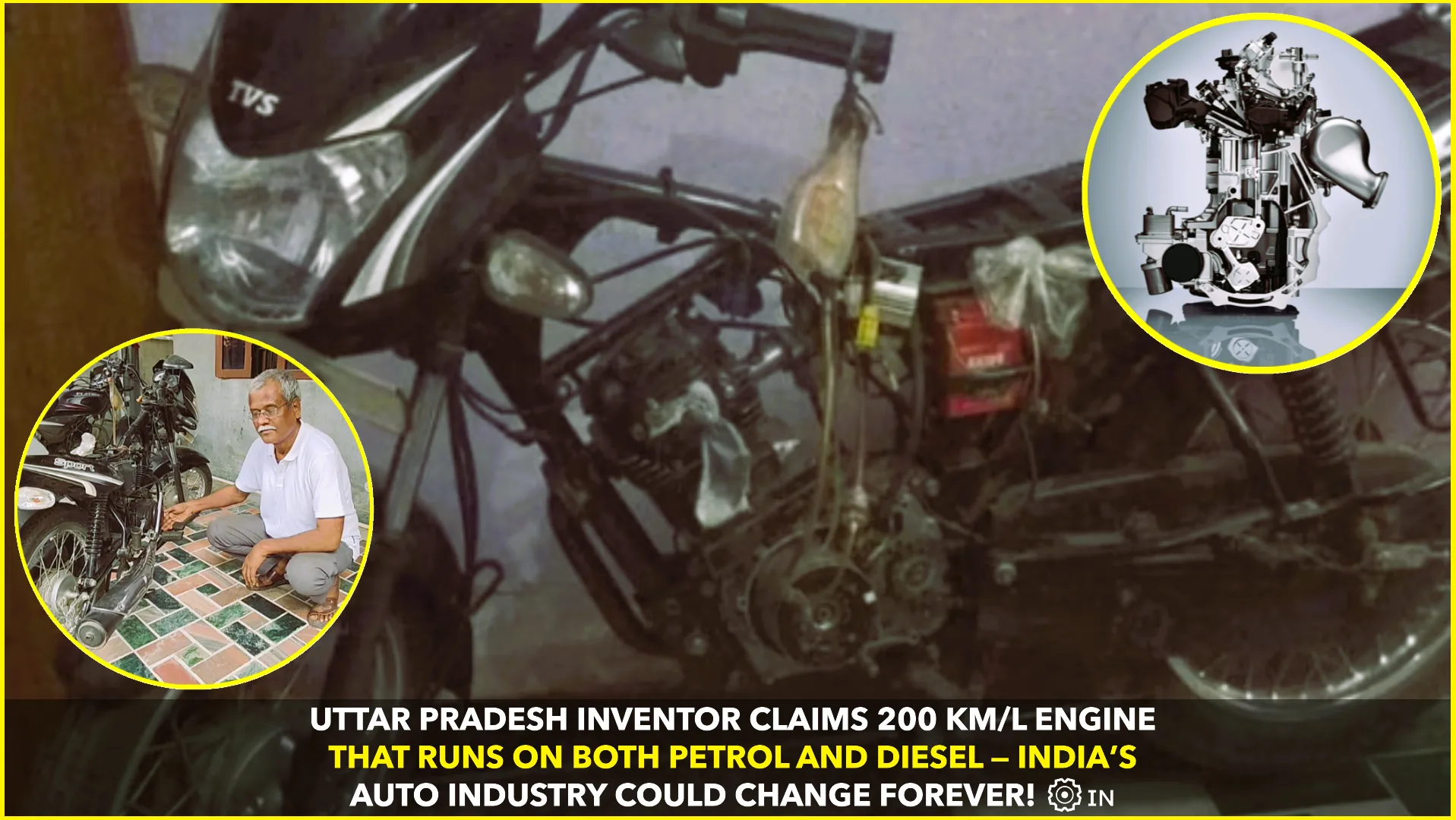Internet’s Next Shield: Quantum Key Distribution
For over twenty years, the safety of online communications has depended on encryption rooted in difficult mathematical problems. Those codes could crumble in the face of powerful quantum computers. Recognizing this looming threat, the Netherlands has launched a bold initiative to upgrade its network infrastructure with quantum key distribution (QKD) — a fundamentally new form of cryptography built on quantum physics rather than arithmetic tricks.
Quantum key distribution works by sending secret cryptographic keys via single photons. Because the act of measuring a quantum particle inevitably disturbs it, any eavesdropper trying to intercept the key immediately leaves detectable fingerprints. If anomalies appear, the communicating parties discard the key and try again — thwarting silent snooping.
In 2023, Dutch researchers initiated a national programme called QCINed (Quantum Communication Infrastructure Nederland), aiming to weave QKD into the country’s existing fibre network. Today, prototype networks link Amsterdam, Utrecht, and The Hague, securing sensitive governmental, academic, and industry connections. The plan is more ambitious than local proof-of-concepts: via the EuroQCI (European Quantum Communication Infrastructure) framework, these national networks will eventually interconnect across borders.
The Dutch effort is supported by nearly €10 million in combined Dutch and EU grants, and further backed by €615 million from the Netherlands’ National Growth Fund to scale quantum technologies. By combining fibre and satellite links, the project envisions a quantum-secure backbone capable of resisting attacks by even the most advanced quantum machines.
Why the Change is Urgent
Modern encryption relies on the hardness of mathematical tasks like factoring large composites. Classical computers struggle with those tasks when numbers are huge. But quantum computers, leveraging algorithms such as Shor’s algorithm, threaten to solve them efficiently — potentially rendering today’s encryption obsolete.
QKD offers a fundamentally different paradigm. Since quantum mechanics disallows undetected copying or measurement of photons, any interception attempt alerts the legitimate users. This “active alarm” property is what makes QKD an enticing path forward in a post-quantum world.
QCINed in Practice
Under QCINed, three complementary quantum networks are already live in test mode:
- Utrecht region: designed for scalable, automated QKD services across sectors.
- Amsterdam–The Hague corridor: tailored for secure governmental data exchange, linking ministries and high-level state functions.
- Eindhoven area: a technology sandbox where companies, researchers, and startups test novel quantum protocols and hardware.
In these deployments, the challenge is not just sending photons securely, but integrating quantum traffic alongside classical internet traffic on the same fibre. Engineers are building orchestration, routing, and error-resilient protocols so quantum and classical layers coexist in harmony.
Beyond national borders, the Netherlands is playing a prominent role in SEEWQCI, a project to link quantum networks through Greece, Cyprus, Bulgaria and more, combining terrestrial and satellite quantum links.
To tie terrestrial and space QKD together, the European Space Agency is developing a mission called SAGA, aimed at distributing quantum keys from orbit to ground nodes — a space-based extension of security. European Space Agency
Implications & Next Steps
If QCINed and EuroQCI succeed, Europe will gain a quantum-resistant communication network that defends against adversaries armed with quantum computation. Governments, critical infrastructure, financial institutions, and research labs would benefit from a shield that remains strong no matter how computing power evolves.
That said, scaling QKD is nontrivial. Photon loss over long distances, network interoperability, error correction, and cost constraints remain technical hurdles. QCINed’s early role is to identify and resolve them before the architecture expands. As deployment rolls out, the model may also foster innovation in quantum routers, memory devices, and quantum internet applications beyond secure keys.
In sum, the Netherlands’ QCINed is more than a laboratory experiment. It’s a strategic leap toward a quantum internet — a future where digital communication can survive even the mightiest quantum computers.
Source: Quantum Delta NL / QCINed project details Quantum Delta NL+2Quantum Delta NL+2










